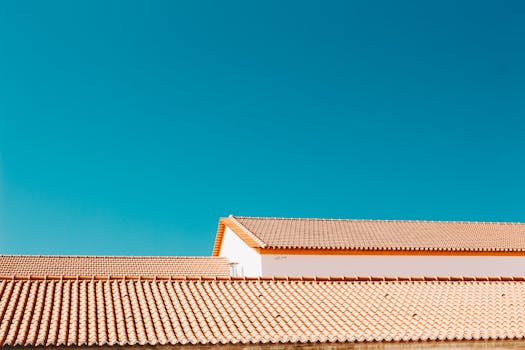Understanding Roof Types: Gable vs. Hip Roofs
When it comes to home design, the roof is one of the most critical elements that not only affects the aesthetic appeal but also the functionality and durability of a structure. Among the various roof styles, gable and hip roofs are two of the most popular choices. Each has its unique characteristics, advantages, and disadvantages. This article delves into the significant differences between gable and hip roofs, providing insights that can help homeowners make informed decisions.
What is a Gable Roof?
A gable roof is characterized by its triangular shape, formed by two sloping sides that meet at a ridge. This design creates a peak at the top, allowing rain and snow to easily slide off. Gable roofs are often seen in various architectural styles, from traditional to modern homes.
Advantages of Gable Roofs
- Effective Water Drainage: The steep slopes of gable roofs facilitate efficient water drainage, reducing the risk of leaks and water damage.
- Increased Attic Space: The design allows for more usable attic space, which can be converted into living areas or storage.
- Cost-Effective: Gable roofs are generally easier and cheaper to construct compared to hip roofs.
- Variety of Styles: They can be easily adapted to various architectural styles, making them versatile.
Disadvantages of Gable Roofs
- Wind Vulnerability: Gable roofs can be more susceptible to wind damage, especially in hurricane-prone areas.
- Limited Overhang: The design typically offers less protection from the elements at the eaves.
What is a Hip Roof?
A hip roof features slopes on all four sides, which meet at a ridge. This design creates a more stable structure, making it a popular choice in areas with high winds or heavy snowfall. Hip roofs can be found in various styles, including simple hip, cross-hip, and half-hip roofs.
Advantages of Hip Roofs
- Stability: The design provides better structural stability, making it more resistant to wind and weather-related damage.
- More Overhang: Hip roofs typically have a larger overhang, offering better protection against rain and sun.
- Enhanced Aesthetic Appeal: The symmetrical design can enhance the overall look of a home, adding to its curb appeal.
Disadvantages of Hip Roofs
- Higher Construction Costs: The complexity of the design often leads to higher labor and material costs.
- Less Attic Space: The sloping sides can limit usable attic space compared to gable roofs.
Comparative Analysis: Gable vs. Hip Roofs
When choosing between gable and hip roofs, several factors should be considered, including climate, budget, and personal preference. Here’s a comparative analysis:
- Climate Suitability: Gable roofs are ideal for areas with moderate weather, while hip roofs are better suited for regions prone to high winds and heavy snowfall.
- Cost: Gable roofs are generally more cost-effective, while hip roofs may require a larger investment due to their complexity.
- Maintenance: Gable roofs may require more frequent maintenance in windy areas, whereas hip roofs tend to be more durable.
Case Studies and Statistics
According to a study by the National Association of Home Builders, approximately 60% of new homes built in the United States feature gable roofs, while hip roofs account for about 30%. This trend highlights the popularity of gable roofs, particularly in suburban areas where aesthetic variety is desired.
In regions like Florida, where hurricanes are common, many homeowners opt for hip roofs due to their enhanced stability. A survey conducted by the Florida Building Commission found that homes with hip roofs experienced 30% less damage during hurricane events compared to those with gable roofs.
Conclusion
In summary, both gable and hip roofs have their unique advantages and disadvantages. Gable roofs offer cost-effectiveness and increased attic space, making them a popular choice for many homeowners. On the other hand, hip roofs provide enhanced stability and better protection against the elements, making them ideal for areas with severe weather conditions. Ultimately, the choice between a gable and a hip roof should be based on individual needs, budget, and local climate considerations. By understanding the significant differences between these two roof types, homeowners can make informed decisions that will benefit their properties for years to come.
